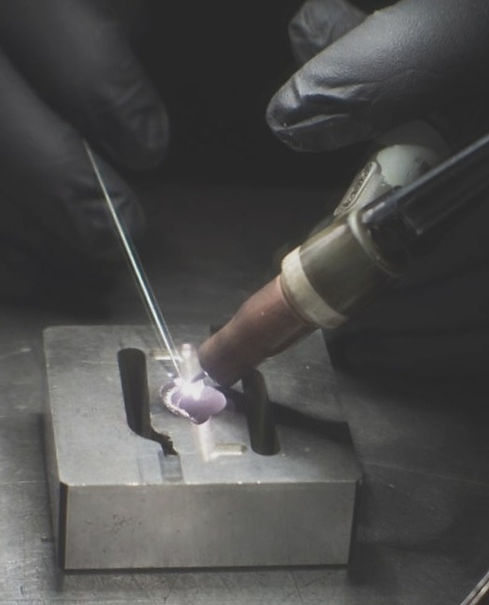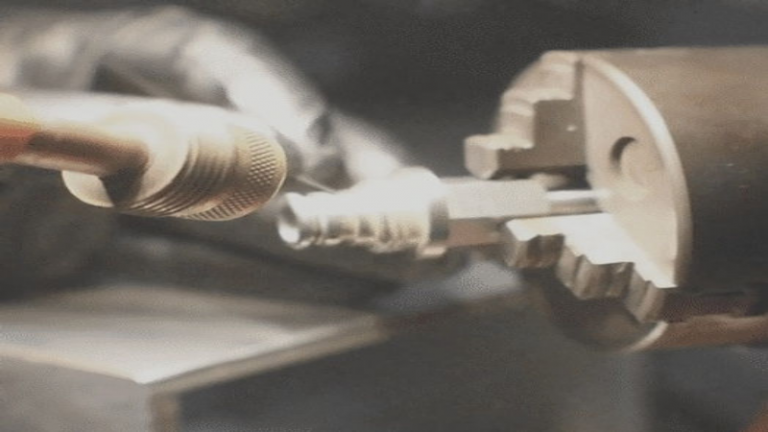Many Cleveland shops today use more than one kind of welding process. However, TIG welding is still one of the most popular options. TIG methods produce high-quality welds and can be used on many kinds of metals. If you want to get the best results from your efforts, here are three common TIG issues and ways to correct them.
1. Poor Weld Bead
Sometimes you can get a poor bead due to moisture. To make sure you have no moisture problems, blow the lines out with compressed air and wipe condensation off metals. If you’re bringing in materials from outside (where it’s cold) give them time to warm and make sure they are dry and free of condensation.
Check to see if all your fittings are tight and make sure there are no cracks or cuts in the hoses. If you find these problems, tighten the fittings or replace the hoses.
2. Tungsten Doesn’t Last Long
Do you seem to be using more tungsten electrodes in your Cleveland shop than you should? Tungsten is an expensive metal and if you’re using too much, consider these tips:
Look for gas restrictions in the lines and valves.
Use the DCEN option
Use the right size electrodes for the job.
To keep your electrodes from oxidizing, leave the shielding gas on for a few seconds after TIG welding.
Don’t use oxygen or carbon dioxide. Your electrodes will last longer when you use argon.
3. Arc Problems When AC Welding in Cleveland
If you’re having a problem with arc stability while welding with AC current, check your arc adjustment. Check your electrode and your base metal for contamination. You may need to grind the tungsten electrode to remove impurities. If your TIG welding equipment has an adjustable frequency, make sure it’s set to at least 100 Hertz.








